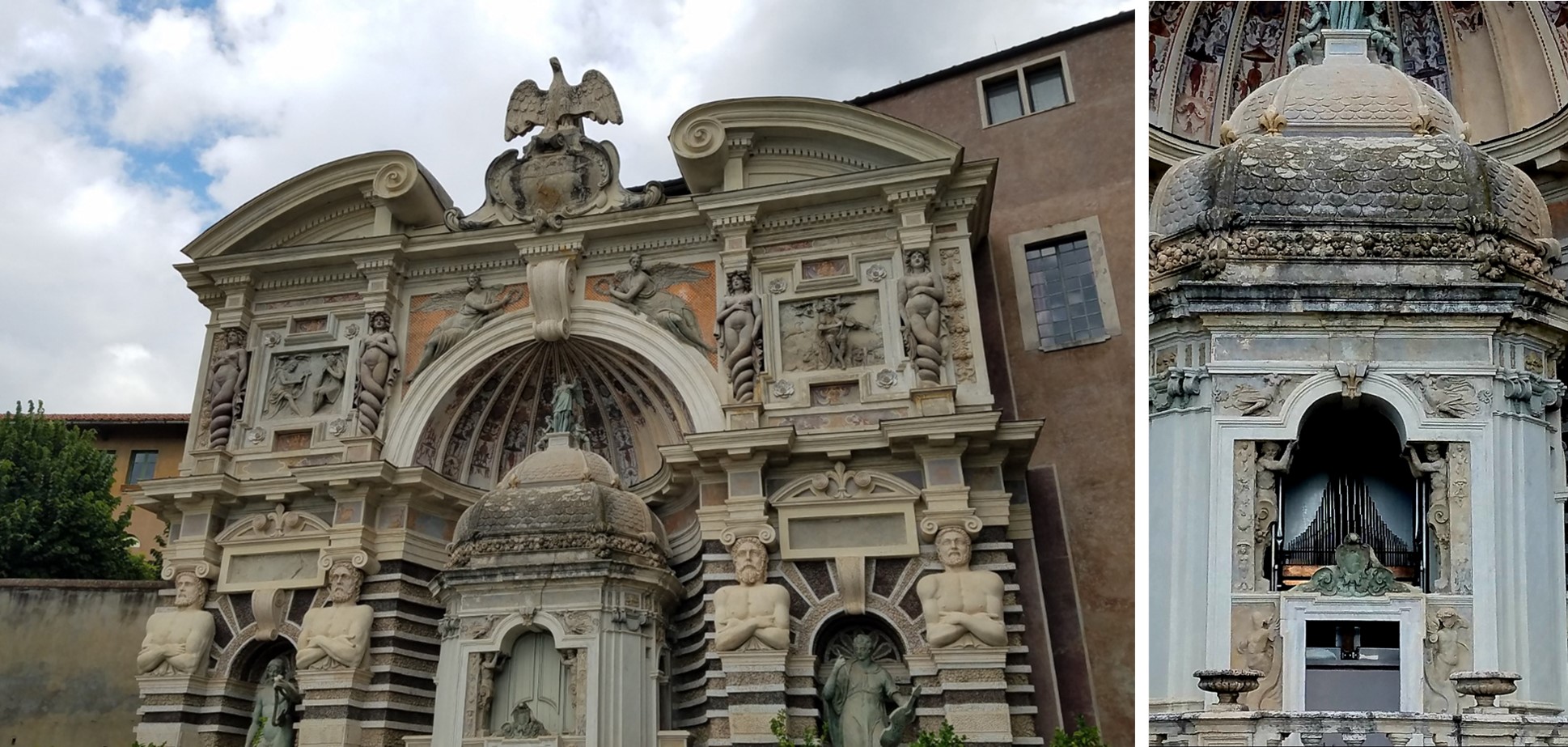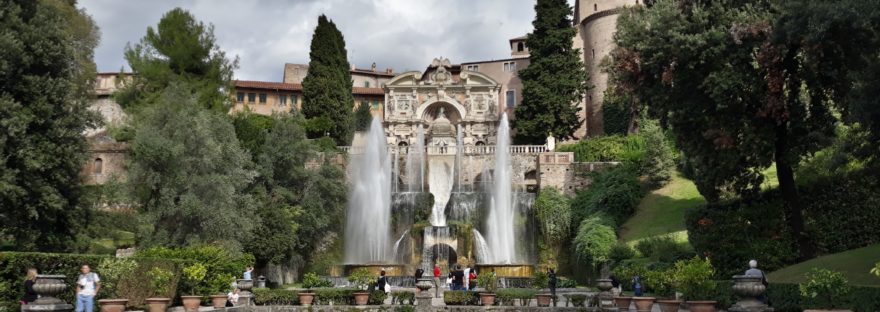Villa d’Este is located in the town of Tivoli, Italy. In order to understand origen of the Villa d’Este, we must go back to the fourth century, when Christianity becomes the official religion of the Roman Empire. Once this happens, the bishops of Rome began to acquire a substantial amount of property around Rome (known as the Patrimony of St. Peter) and what is known as central Italy. This eventually evolved into the “Papal States” and included the regions of Lazio, Marche, Umbria and part of Emilia-Romagna. The Church’s control over these areas was unquestionable.
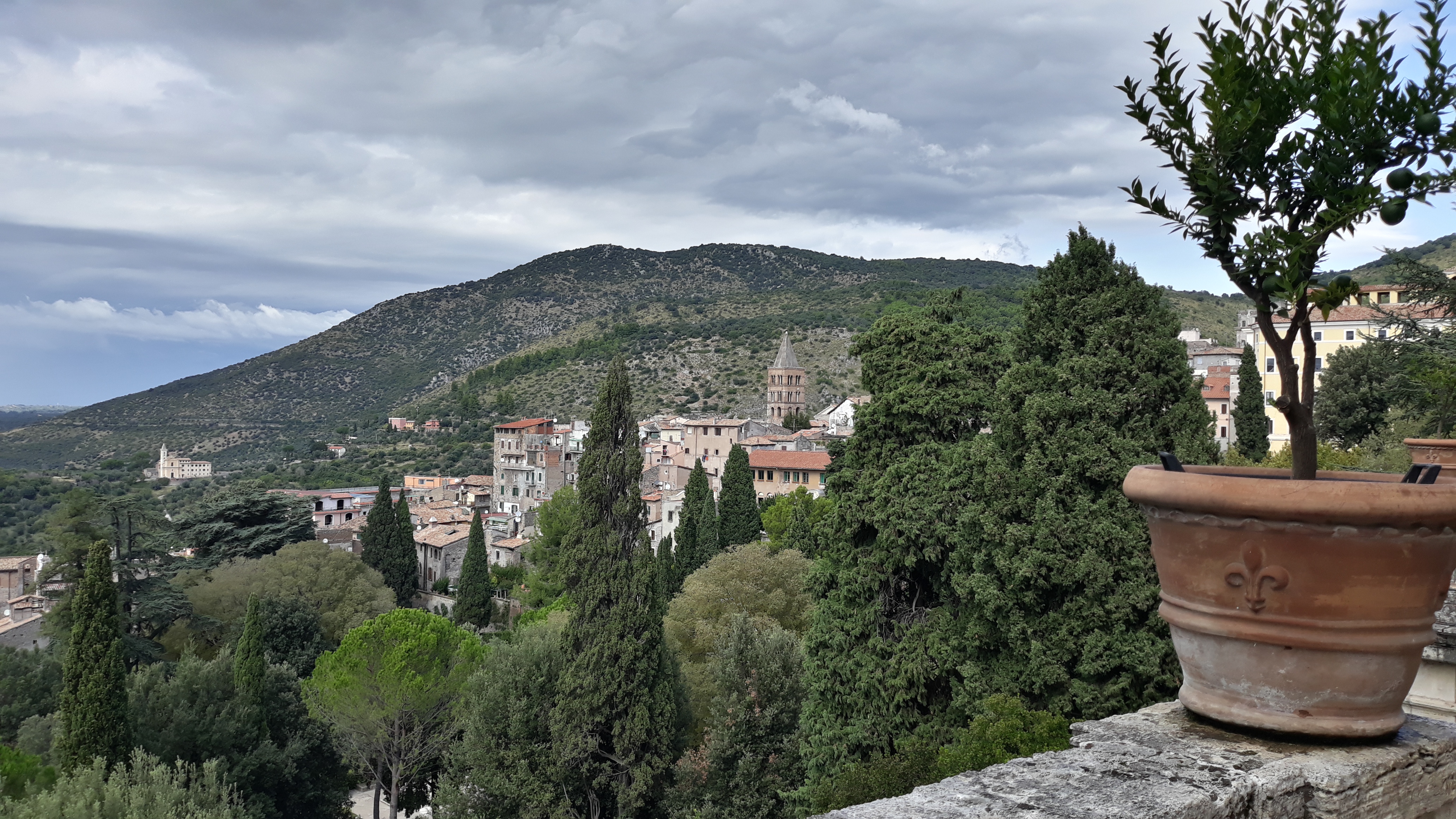
In 1549, Cardinal Ippolito II d’Este was proposed by the French, King Henry II, to be appointed Pope and ruler of the Papal States. Cardinal d’Este was the grandson of Pope Alexander VI, head of the noble Spanish Borgia family through Lucrezia Borgia. Although the cardinal was expected to follow in his grandfather’s footsteps, he was convinced to support the candidate proposed by the Habsburg emperor, the Spaniard Carlos V.
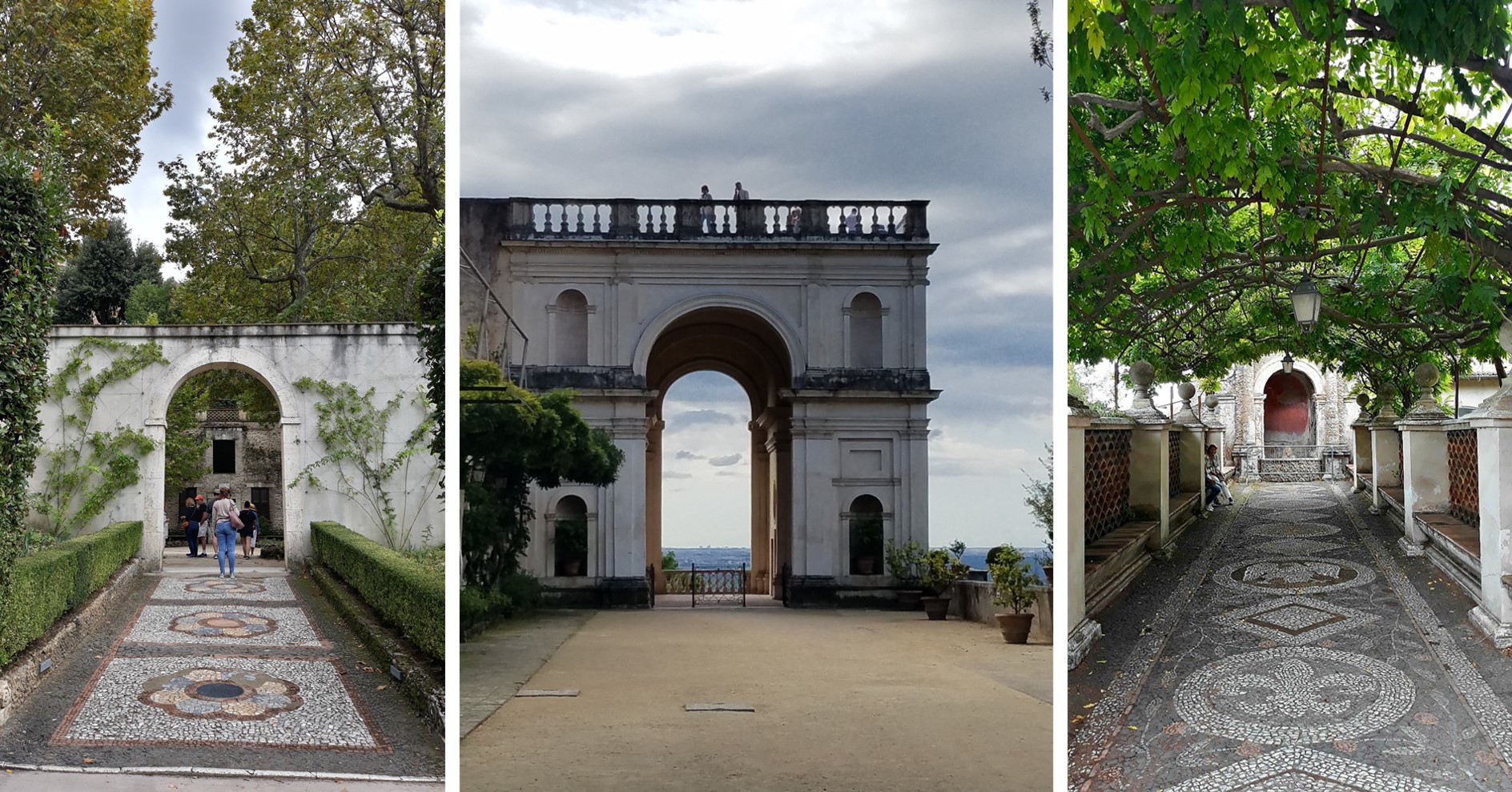
As a reward for supporting the eventual Pope Julius III, Cardinal d’Este was appointed governor for the life of Tivoli. The appointment included an official residence that had been a Benedictine convent and built on a Roman villa. The Cardinal d’Este immediately commissioned an ambitious project that included diverting the Aniene River to supply water to the Villa.
The project included the expansion of the residential property, the creation of gardens and fountains. The marble and statues of the Villa de Adriano, were recovered and incorporated into the village of the Cardinal. However, Cardinal d’Este would not see the culmination of that great transformation. Eventually, the D’Este family would complete most of the work of the Villa, which has faced many difficulties, mainly due to the cost of its maintenance. In addition, during the Second World War the property structure was severely affected.
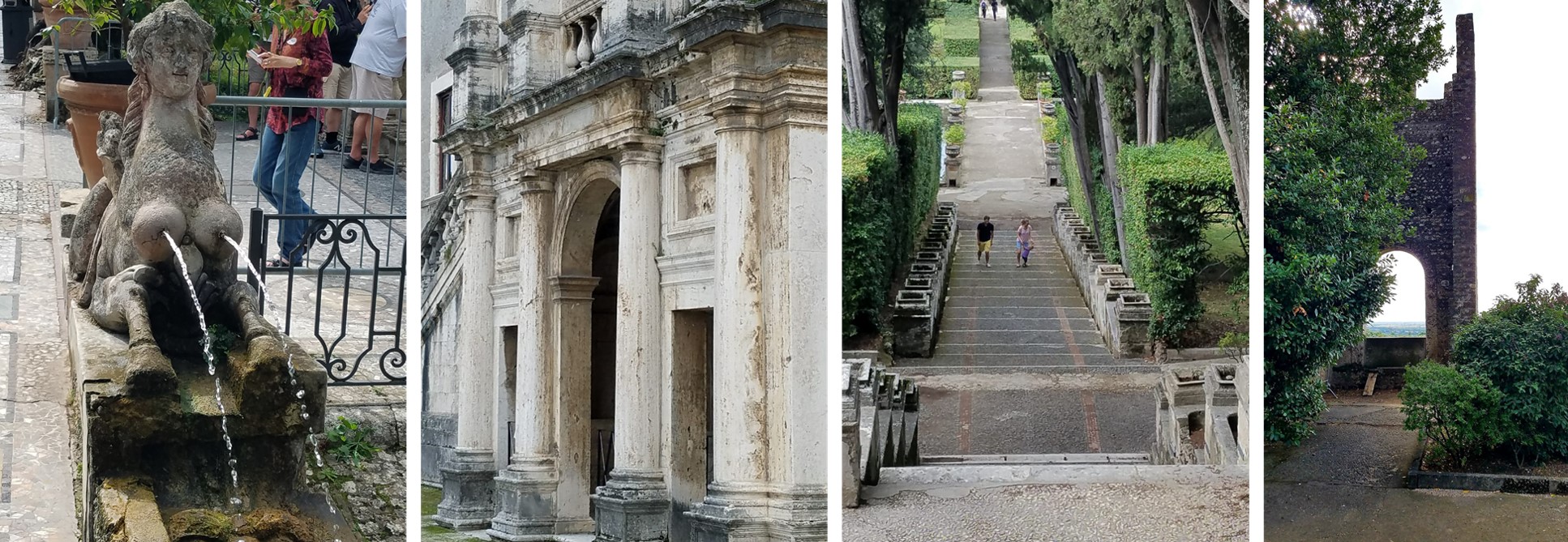
The Italian state acquired the Villa at the beginning of the 20th century and since then it has been restoring and maintaining the property.
A visit to the Villa d’Este begins with the Palace where we find halls and rooms richly decorated with frescoes of various themes, ornaments, architectural details and their vaults covered with very colorful mosaics. Upon exiting the Palace is crossed, one can view from its upper terraces, the gardens and fountains that are gradually discovered as one descends through the different steep levels of paths and stairs. We must emphasize that it is important to be in good physical condition, the return climb can be very challenging for people who may have lung or heart health conditions.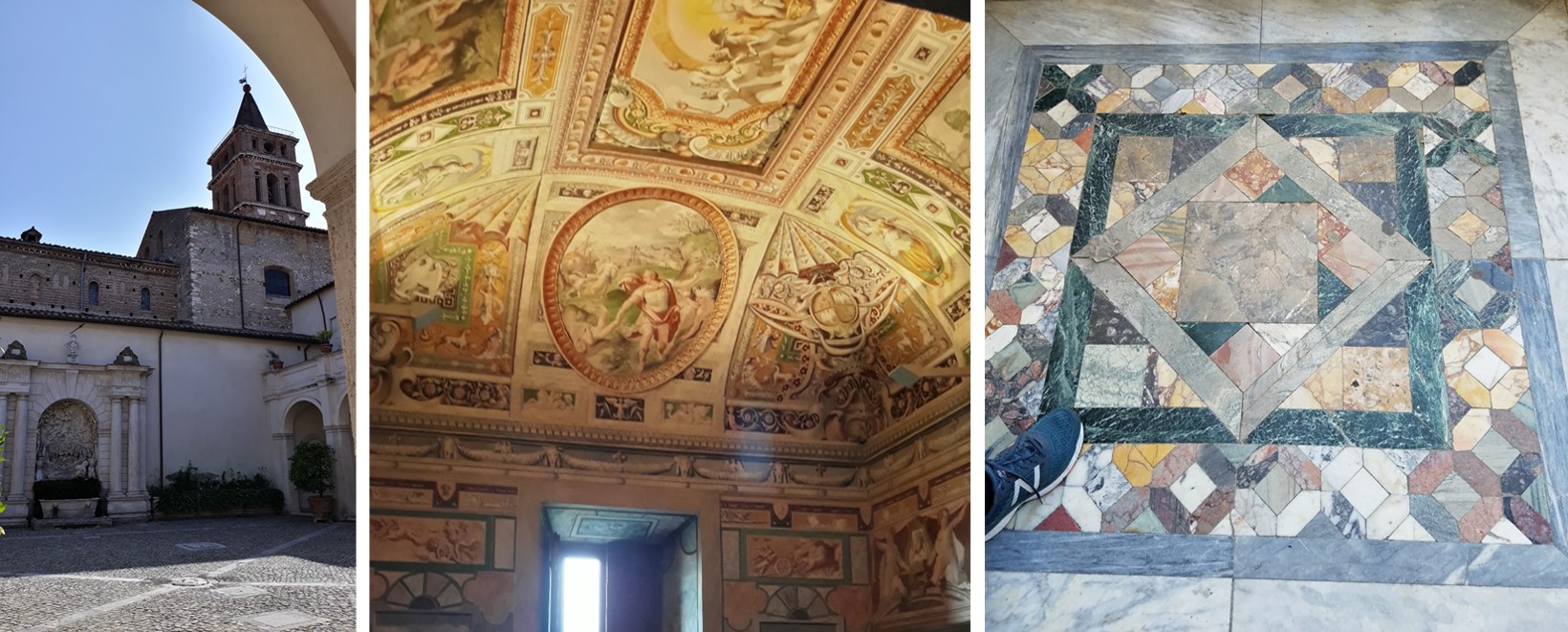
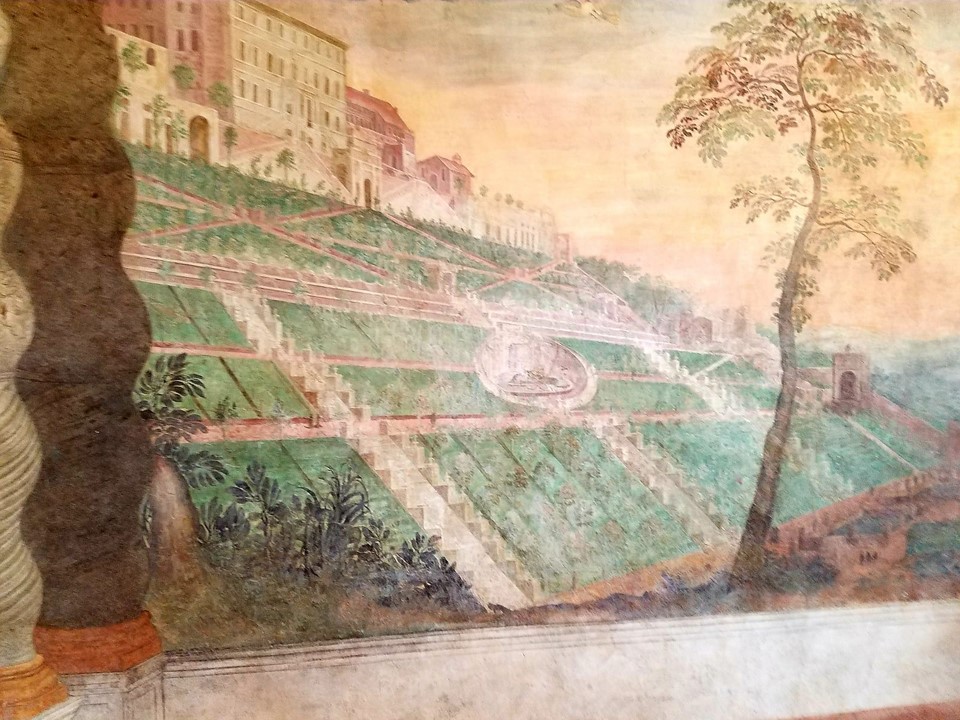
This villa as part of the UNESCO World Heritage is famous for its Italian Renaissance garden and its impressive fountains, which include:
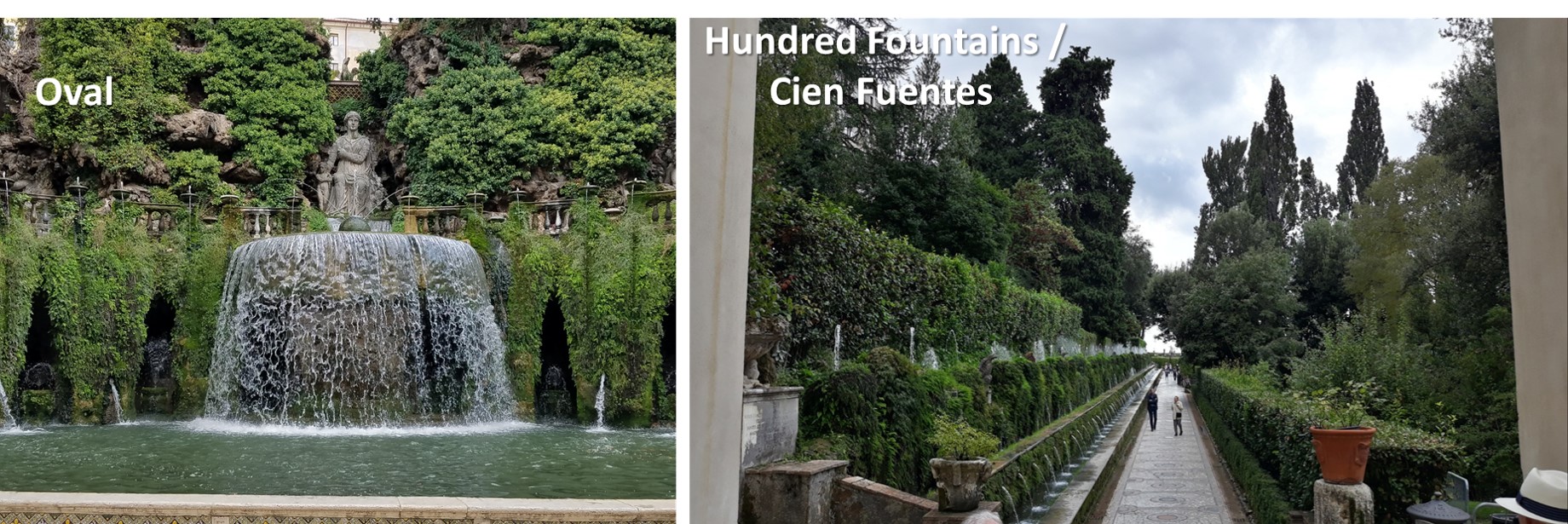

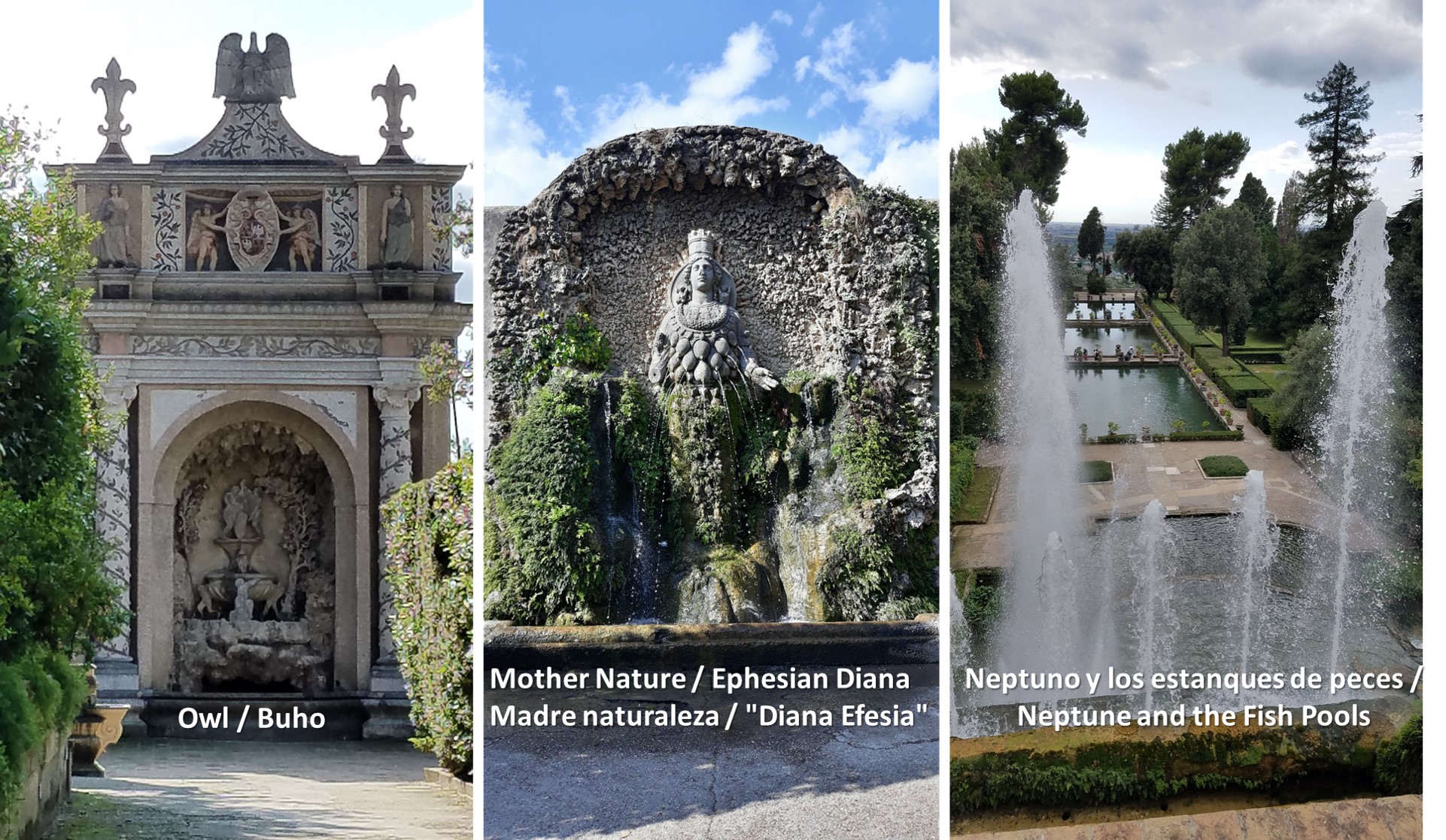
The fountain of the organ provides an impressive sound experience. The French design hydraulic machinery of the 1570’s provided Gregorian music for many years to the villa. Despite great efforts to restore the organ over the years, the organ was silenced for more than 200 years. In 2003, Renaissance music was heard again as a result of a long and delicate restoration project.
